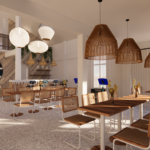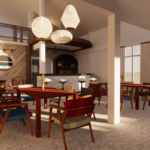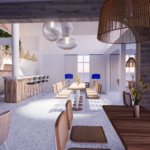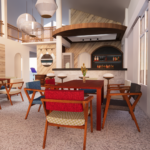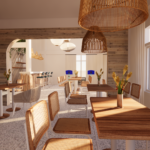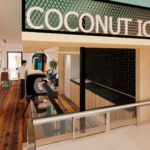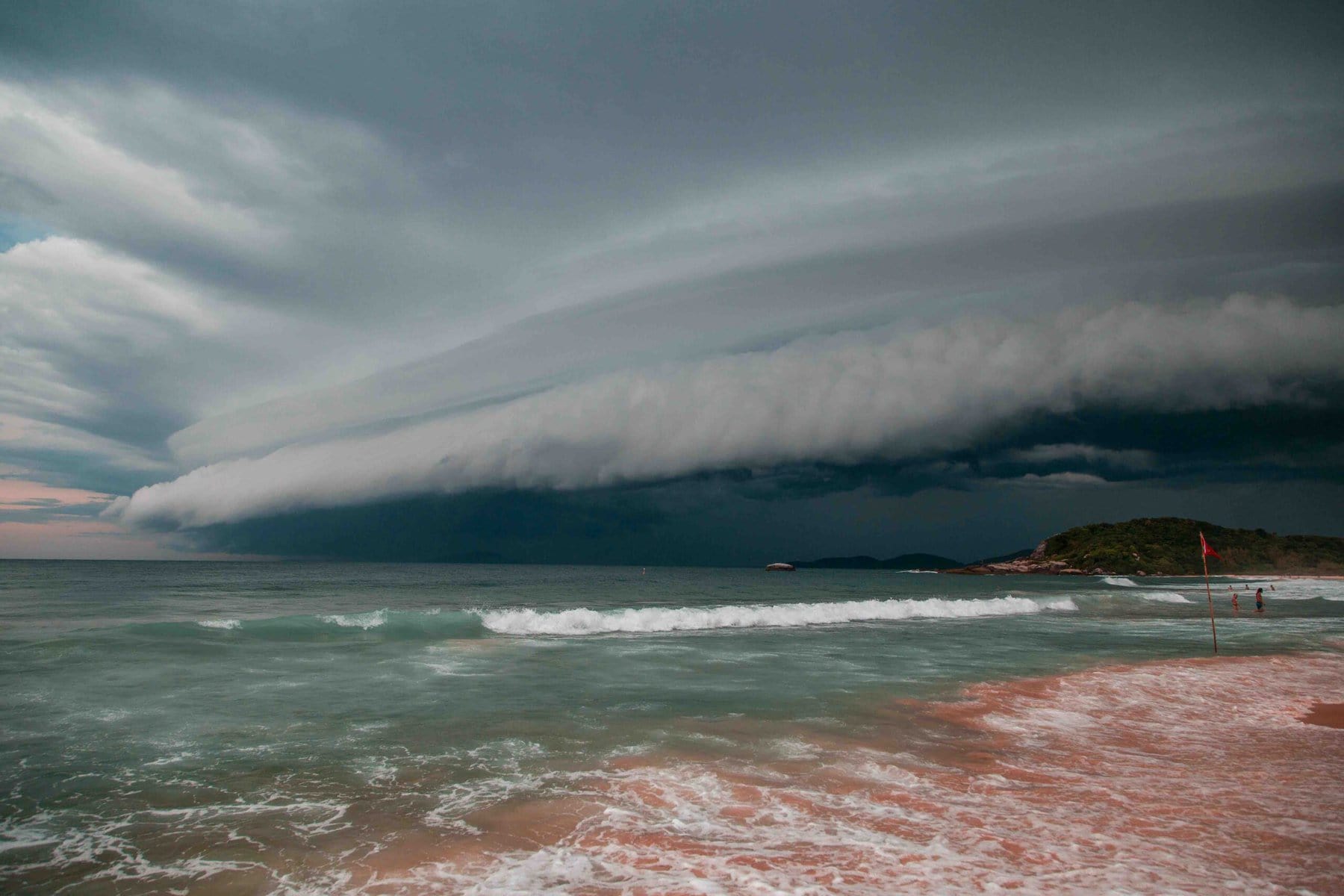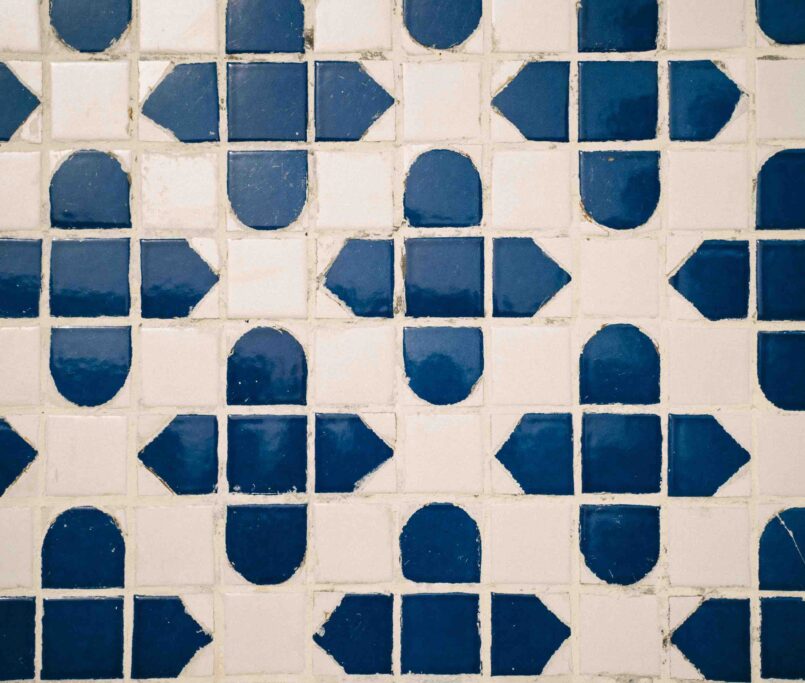Waterproofing isn’t decorative. It’s fundamental. In Koh Samui, where monsoon rains, constant humidity, and salt air test every exposed surface, the right waterproofing system can be the difference between a resilient home and one that quietly fails over time.
This guide focuses on liquid-applied polyurethane membranes — their advantages, limitations, and how they compare with other systems when building in a tropical island climate.
Why Polyurethane Membranes Work in the Tropics
Unlike sheet membranes or brittle cement-based coatings, liquid polyurethane forms a continuous, flexible seal. This seamless application helps eliminate weak points where water typically finds its way in, especially around roof penetrations, wall junctions, and parapets.
One of the key benefits is flexibility. Polyurethane membranes move with the building as it responds to heat, moisture, and seasonal shifts, a common stress in Koh Samui’s flat concrete roofs and balconies. Where rigid coatings often crack or delaminate, well-applied polyurethane remains intact.
Look for UV-resistant formulations when waterproofing exposed surfaces, especially on roofs. Without this, membranes may degrade prematurely under Koh Samui’s intense sun.
Installation: More Than Just Application
The performance of any waterproofing system relies on proper installation. Surfaces must be clean, dry, and free of movement cracks. A gentle slope is essential to avoid standing water — even small pooling areas can compromise the membrane over time.
Polyurethane is typically applied in two coats, with attention to thickness and curing time. Where two surfaces meet (such as parapets or flashings) joints must be sealed with UV-stable silicone or compatible sealants to prevent intrusion.
In coastal zones, it’s wise to inspect concrete substrates for surface damage or retained moisture before application. Salt exposure and high alkalinity in new concrete can interfere with adhesion. In these cases, a primer designed for alkaline surfaces helps the membrane bond properly.
Tip: Always test a small section for compatibility before committing to the full area.
Comparing Other Waterproofing Methods
There are alternatives to polyurethane, but each comes with limitations in tropical conditions:
- Cementitious coatings are low-cost and easy to apply, but they’re rigid. Once the substrate shifts or expands with heat or moisture, cracks often follow.
- Sheet membranes are effective in theory, but joints and overlaps create vulnerabilities, especially during heavy rains or when water sits for too long.
- Bitumen-based systems resist water but struggle with heat and environmental wear. They’re also less suited to coastal locations due to poor UV stability and susceptibility to salt damage.
Each system has a place, but for roofs, balconies, and terraces exposed to tropical stress, polyurethane tends to offer better long-term resilience when correctly specified and applied.
Maintenance and Long-Term Considerations
No waterproofing system is set-and-forget. Even the most robust membranes require occasional inspection, particularly at joints, drainage points, and exposed seams. Regular checks help identify early signs of wear before water finds its way in.
In Koh Samui, where storms can hit hard and fast, drainage also plays a key role. A well-designed membrane system should be paired with proper scuppers or outlets to move water off the surface quickly.
Although polyurethane membranes are durable, they will eventually require reapplication. Plan for this in your long-term maintenance strategy, especially if you’re building near the coast or using rooftop spaces as living areas.
Final Thoughts
For homes in Koh Samui, waterproofing should never be left to chance. Liquid-applied polyurethane membranes offer a smart, robust solution, particularly for flat roofs, balconies, and terraces exposed to the island’s extremes. But the key lies in careful specification, skilled installation, and ongoing care.
If you’re designing a villa or upgrading an existing property, we can help you navigate the real-world demands of tropical architecture, with advice that’s grounded in experience, not sales talk.
Explore more on the Architect Samui YouTube channel for practical tips and local insight. Or reach out directly if you need guidance tailored to your site or your project. Follow our blogs for material guidance and other great tips.

